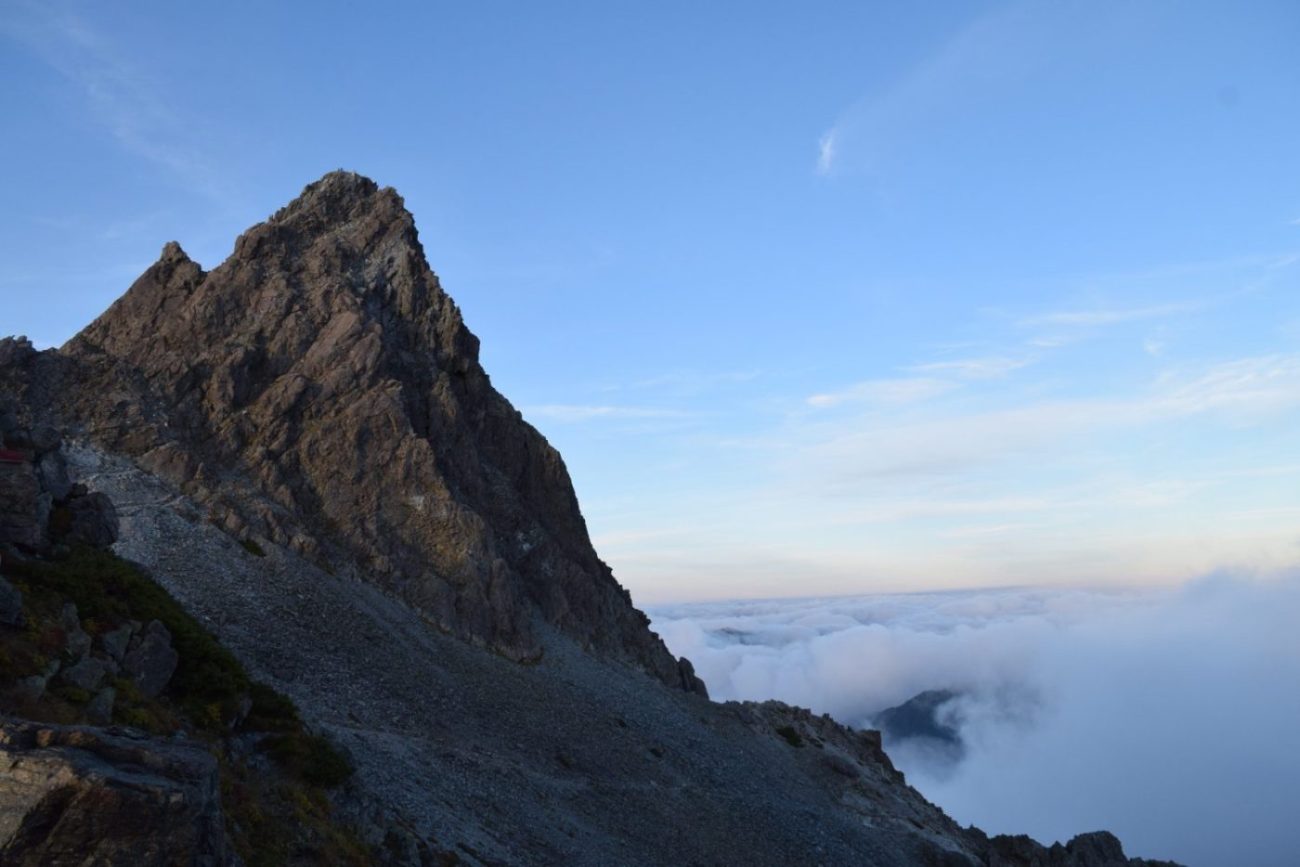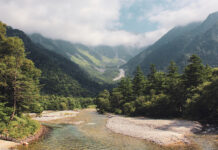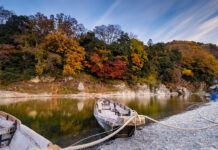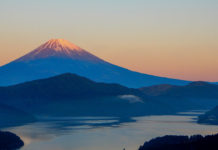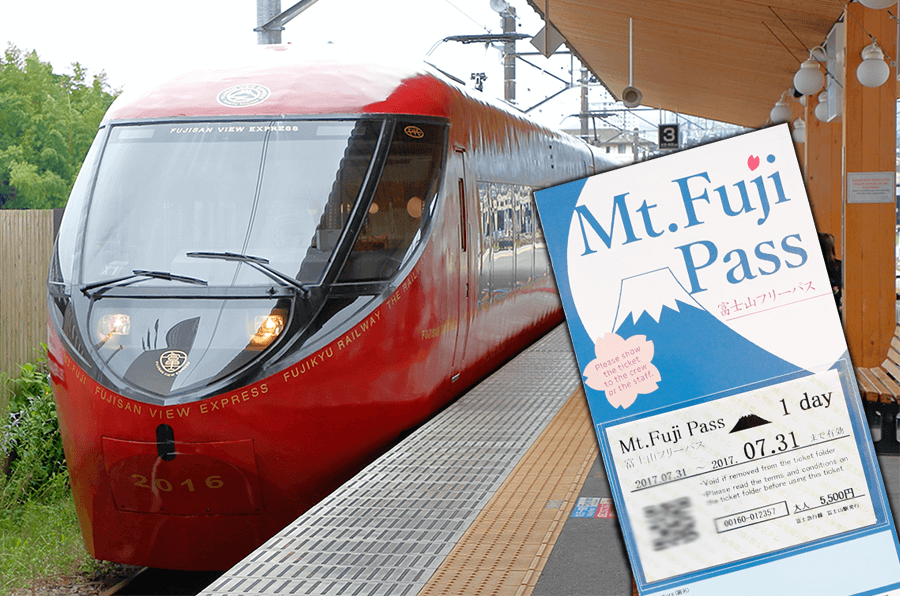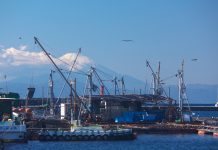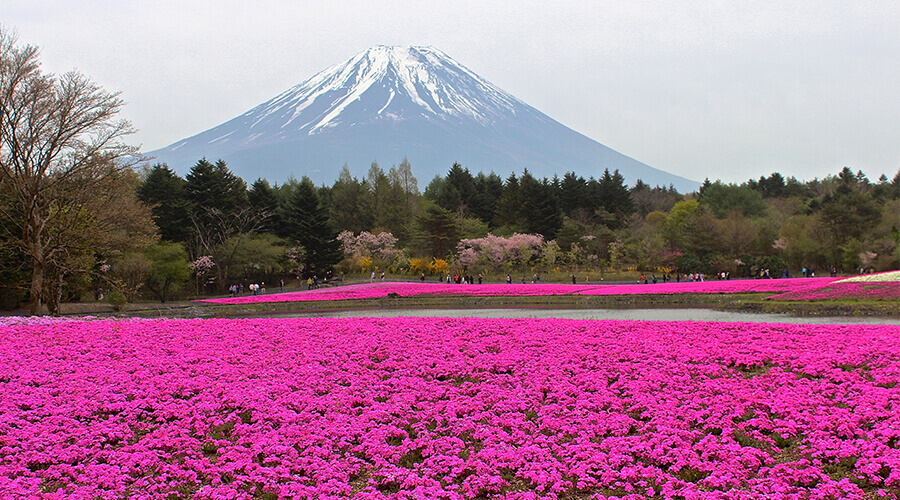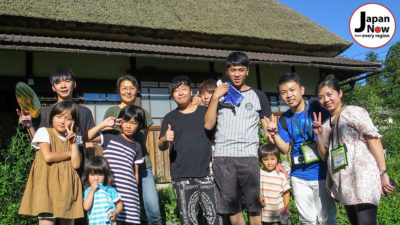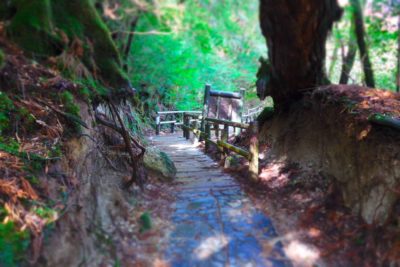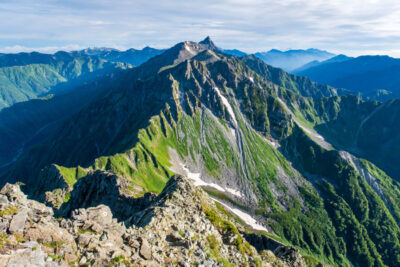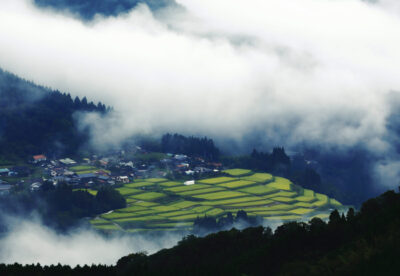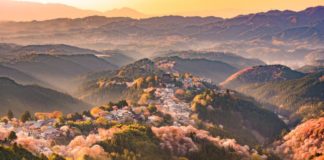What is the tallest mountain in Japan?
How mountainous is Japan? Up to 73% to 80% of Japan’s landmass being covered in mountains. Also, 100 of major mountains in Japan are over 2,500 meters high. As a result, it is safe to say that Japan is a very mountainous country. But which of these giants are the very tallest mountains of Japan? Mt. Fuji takes the No. 1 position as the highest mountain in Japan. Here are Japan’s big five major mountains!
- Mt. Fuji
- Mt. Kita
- Mt. Okuhotaka
- Mt. Aino
- Mt. Yari
Related article:
The Ultimate Guide to the Mt. Fuji Area.WAttention’s Top Itinerary Picks for your Mt. Fuji Sojourn.
Highest Japanese Mountain #1: Mt. Fuji
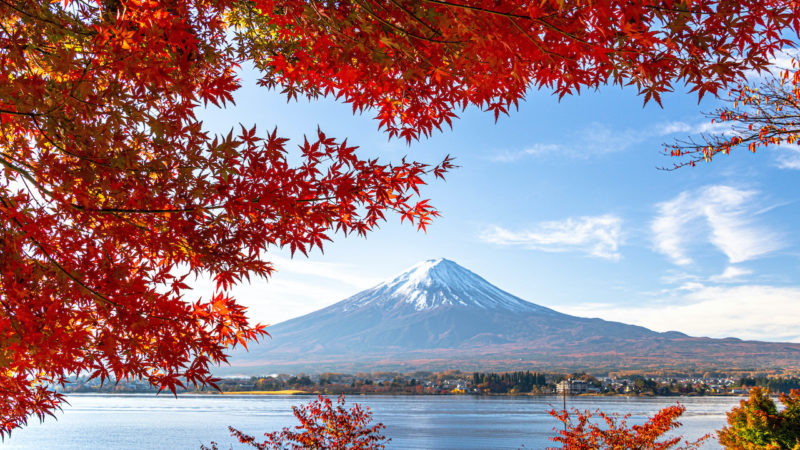
How tall is Mt. Fuji?
Mt. Fuji is 3,776 meters tall, or 12,388 feet.
Where can I see Mt. Fuji?
Mt. Fuji is in Shizuoka Prefecture and Yamanashi Prefecture.
Mt. Fuji is not only Japan’s most iconic, but also Japan’s highest mountain. The best view of Mt. Fuji is from Yamanaka Lake in Yamanashi Prefecture. In the summertime, Mt. Fuji is open for climbing in good weather conditions. Though it is the highest mountain in Japan, even beginners can reach the top with a professionally guided tour. Be sure to take plenty of memorable pictures from the top!
Highest Japanese Mountain #2: Mt. Kita
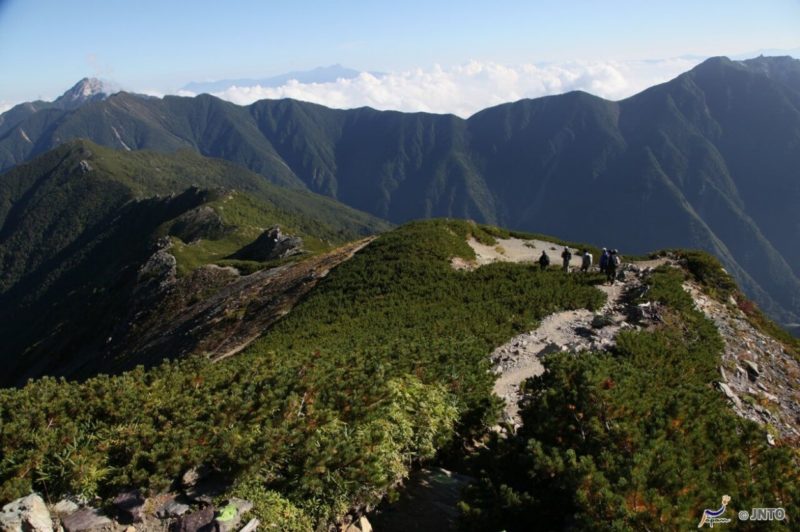
How tall is Mt. Kita?
Mt. Kita is 3,193 meters tall, or 10, 476 feet.
Where can I see Mt. Kita?
Mt. Kita is in Yamanashi Prefecture.
Mt. Kita is Japan’s tallest non-volcanic mountain. Yamanashi’s Minami-Alps city, or Southern Alps city, welcomes visitors to experience the beautiful landscapes of this Japanese region. Since it is also in the Yamanashi area, the top offers one of the best views of Mt. Fuji in the country. However, unlike Mt. Fuji, the landscape and wildlife are much more varied compared to Japan’s most iconic mountain. Fewer crowds also make it a popular climb for hikers.
Highest Japanese Mountain #3: Mt. Okuhotaka
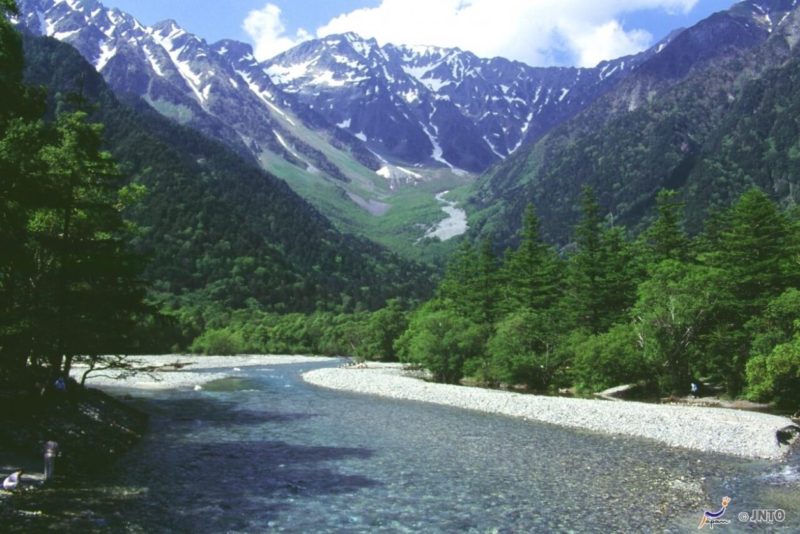
How tall is Mt. Okuhotaka?
Mt. Okuhotaka is 3, 190 meters tall, or 10, 470 feet.
Where can I see Mt. Okuhotaka?
Mt. Okuhotaka is in Nagano Prefecture and Gifu Prefecture.
Mt. Okuhotaka is a close competitor for the number 2 slot of the highest mountains in Japan. In fact, if its peak had been only two average women’s size taller, this would have been Japan’s second-highest mountain. Being rockier than most of Japan’s other mountains, climbing Mt. Okuhotaka is not recommended if you are not an advanced climber. However, the area is a popular resort destination because of its stunning mountains, valleys, rivers, and volcanic craters.
Highest Japanese Mountain #4: Mt. Aino
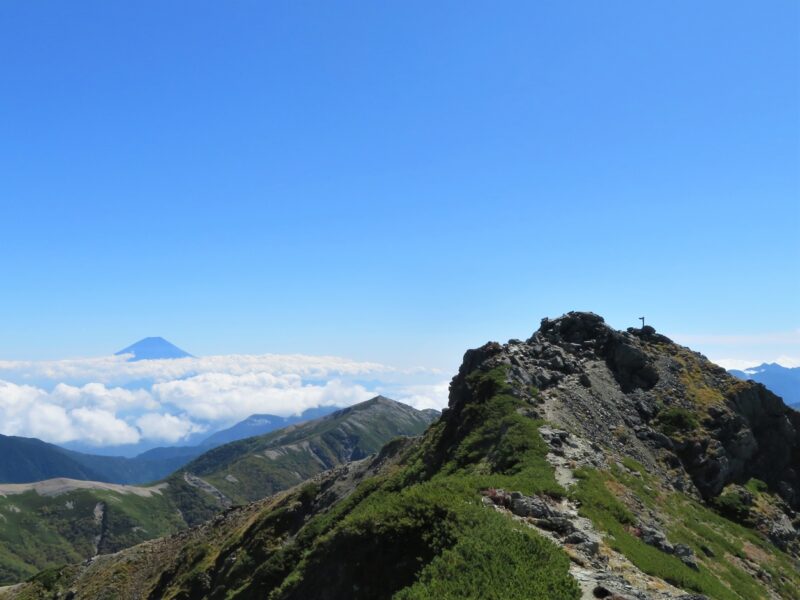
How tall is Mt. Aino?
Mt. Aino is 3,189 meters tall, or 10,463 feet.
Where can I see Mt. Aino?
Mt. Aino is in Yamanashi Prefecture and Shizuoka Prefecture.
With a mountain peak so wide you can even get lost, Mt. Aino’s peak is also known as the Aino Dome. Hikers often climb Mt. Aino on the way to Mt. Shiomi, a popular mountain to climb in the same region. As it is part of the Southern Japanese Alps, there are spectacular mountain views all around from the top, including Mt. Fuji.
Highest Japanese Mountain #5: Mt. Yari
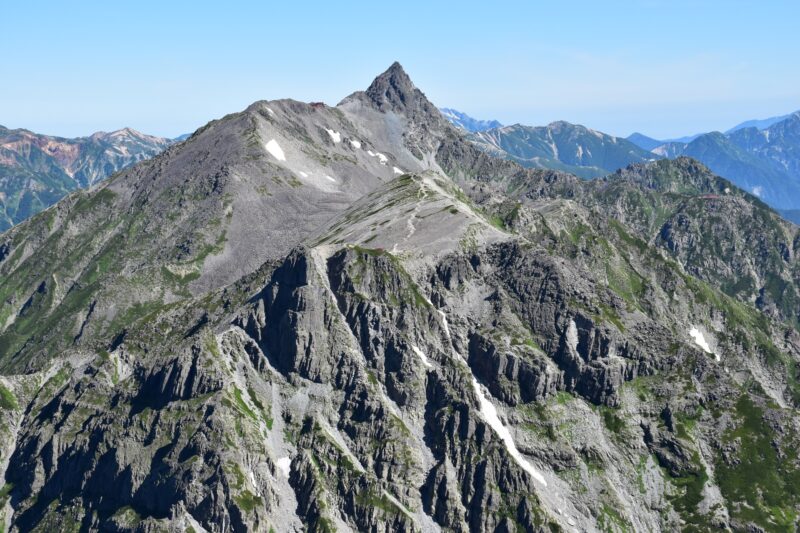
How tall is Mt. Yari?
Mt. Yari is 3, 141 meters tall, or 10, 305 feet.
Where can I see Mt. Yari?
Mt. Yari is in Shizuoka Prefecture and Nagano Prefecture.
Towering in the back of this picture like a sharp spear is the peak of Mt. Yari. It is not hard to understand how Mt. Yari, or Yarigatake, got its name. Yari is Japanese for “spear.” This 5th highest Japanese mountain peak is part of the Hida Mountains of Japan.
Why does Japan have so many mountains?
The mountainous terrain of Japan is a result of two colliding pieces of the earth’s crust. In fact, the beautiful Japanese Alps are a good example. Hikers have the collision of the Pacific ocean crust and the Asia continental crust to thank for the breathtaking hiking courses in the Japanese Alps.
Of course, Japan lies on the edge of the Pacific Ring of Fire, giving the country plenty of volcanic activity. This doesn’t just produce cozy hot springs that Japanese people love to bath in. It also contributes to volcanoes sprouting up. In fact, Japan’s iconic Mt. Fuji is an active volcano. Although, the last eruption of Mt. Fuji, Japan’s highest mountain, occurred in 1707.
 0
0

